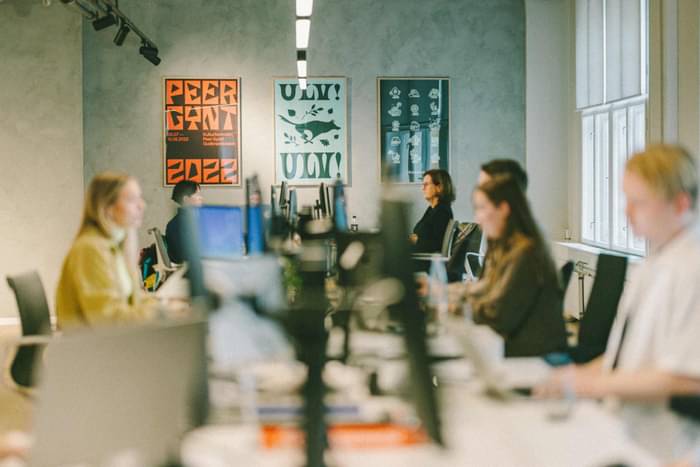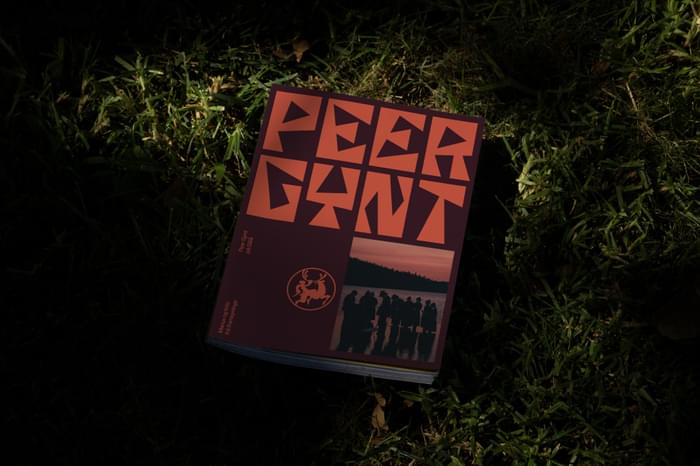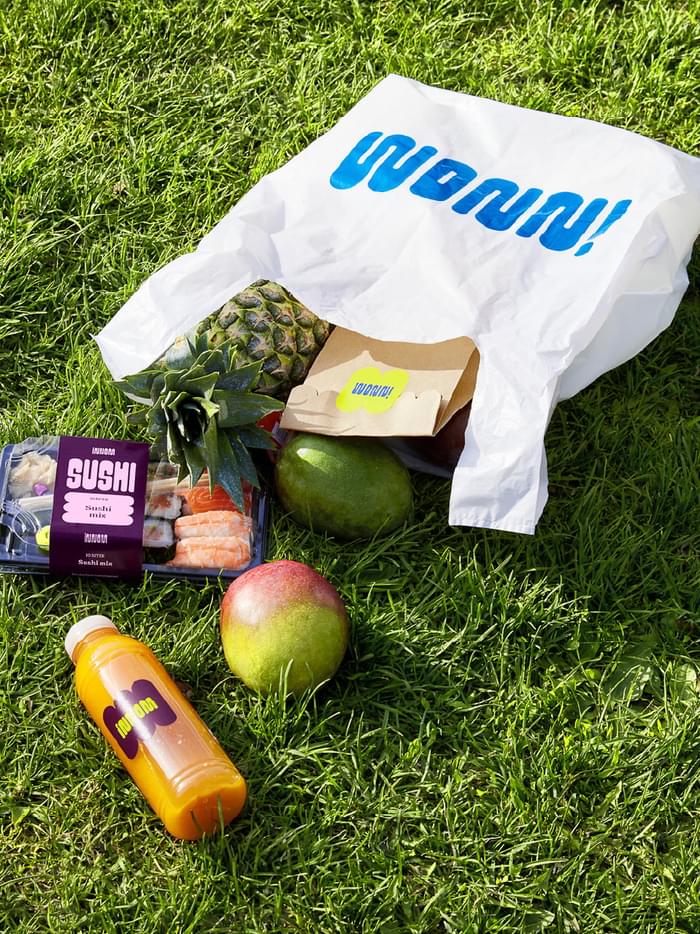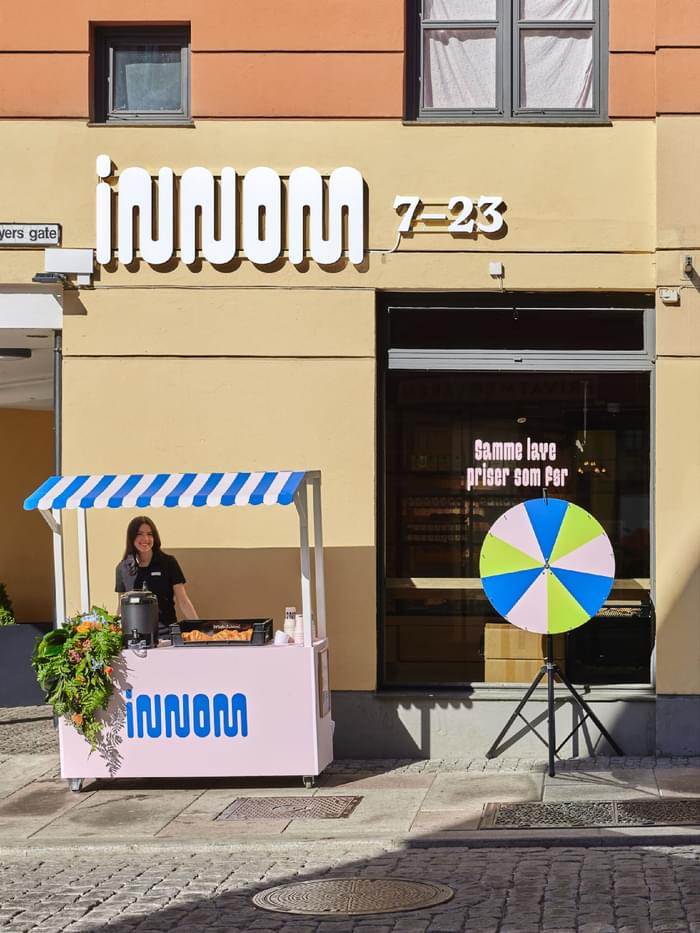
WIP What qualities do you look for in a design portfolio when hiring new talent?
TJ We seek a selection of a few strong projects that demonstrate a variety of expressions and controlled use of techniques. We also look for a certain limitation in the number and type of outputs shown, reflecting an awareness of where a modern brands operates and express themselves today. This enhances the overall impression and shows the ability to curate the most important outputs and make good priorities. The outputs should demonstrate the highest potential of a job; too many identical outputs can be counterproductive. More is not more.
The portfolio must contain strong concepts and ideas, whether small or large, simple or complex. Not everything needs to be perfect. A new, great thought or concept can compensate for an output where the potential is not fully realised visually.


